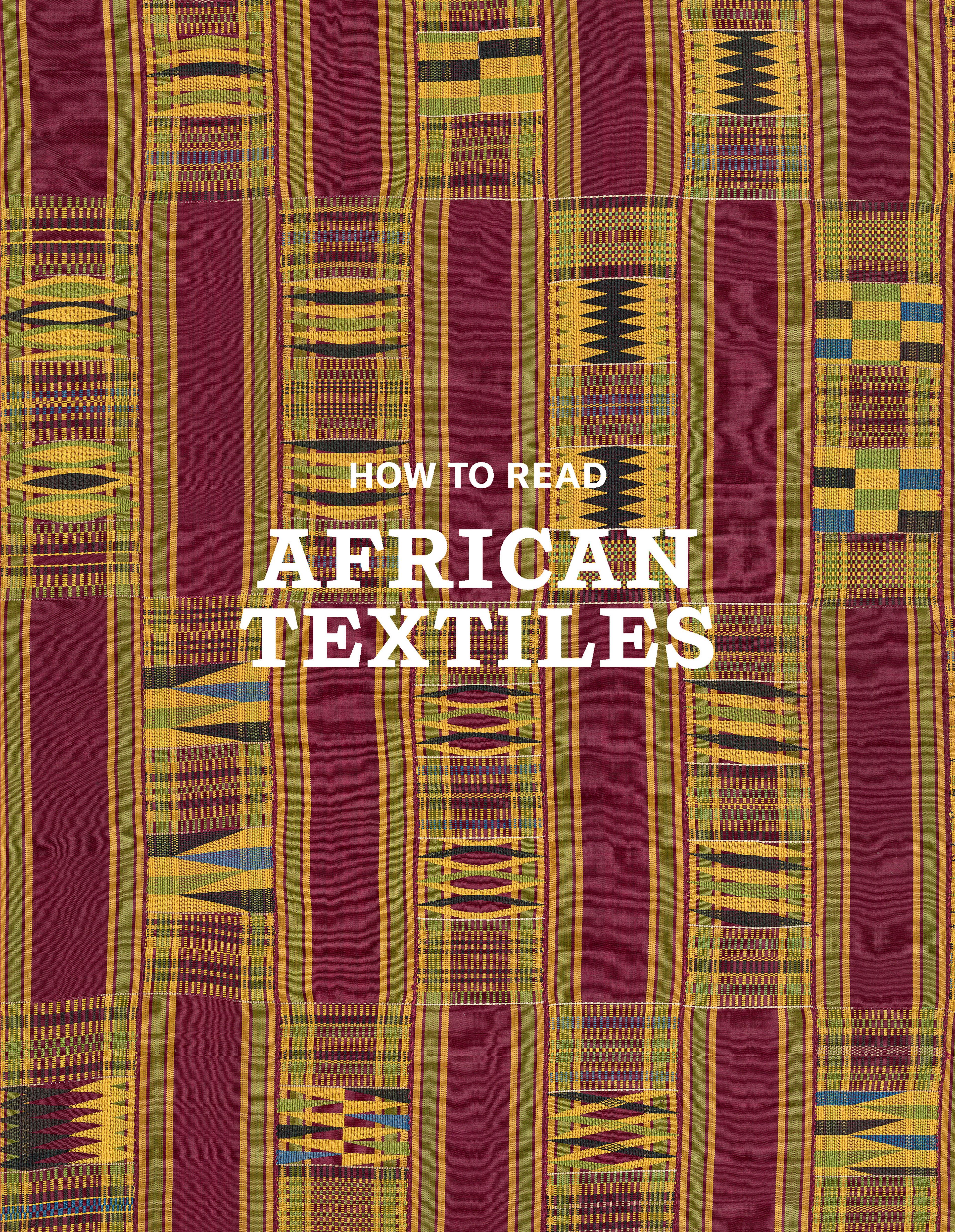Te saqwit (tent divider)
Designed to be suspended from the rafters of a tent, this mobile architectural element separated daytime and nighttime quarters. Among the nomadic Beja of the Eastern Desert, a woman’s female relatives produce such an elaborate, multimedia composition at the time of her betrothal. The work’s red background, cowrie shells, and applied beadwork designs of crescent and full moons allude to marriage and fertility. Such multimedia creations may also feature embroidered livestock brands, considered potent protective symbols within this pastoralist society. Guarding the threshold of an intimate space devoted to sleep and marital relations, such amuletic compositions contributed to the interior’s physical security and spiritual protection.
Artwork Details
- Title: Te saqwit (tent divider)
- Artist: Beja artists
- Date: mid-20th century
- Geography: Sudan, Eastern Desert
- Culture: Beja peoples
- Medium: Cotton, leather, beads, cowrie shell, doum palm leaf (Hyphaene species, possibly thebaica), dye
- Dimensions: H. 60 in. × W. 14 ft. 3 1/2 in. (152.4 × 435.6 cm)
- Classification: Textiles-Beadwork
- Credit Line: Gift of Jerome Vogel and Susan Vogel, in memory of Shirley Gordon Nichols, 1996
- Object Number: 1996.455
- Curatorial Department: The Michael C. Rockefeller Wing
More Artwork
Research Resources
The Met provides unparalleled resources for research and welcomes an international community of students and scholars. The Met's Open Access API is where creators and researchers can connect to the The Met collection. Open Access data and public domain images are available for unrestricted commercial and noncommercial use without permission or fee.
To request images under copyright and other restrictions, please use this Image Request form.
Feedback
We continue to research and examine historical and cultural context for objects in The Met collection. If you have comments or questions about this object record, please complete and submit this form. The Museum looks forward to receiving your comments.
